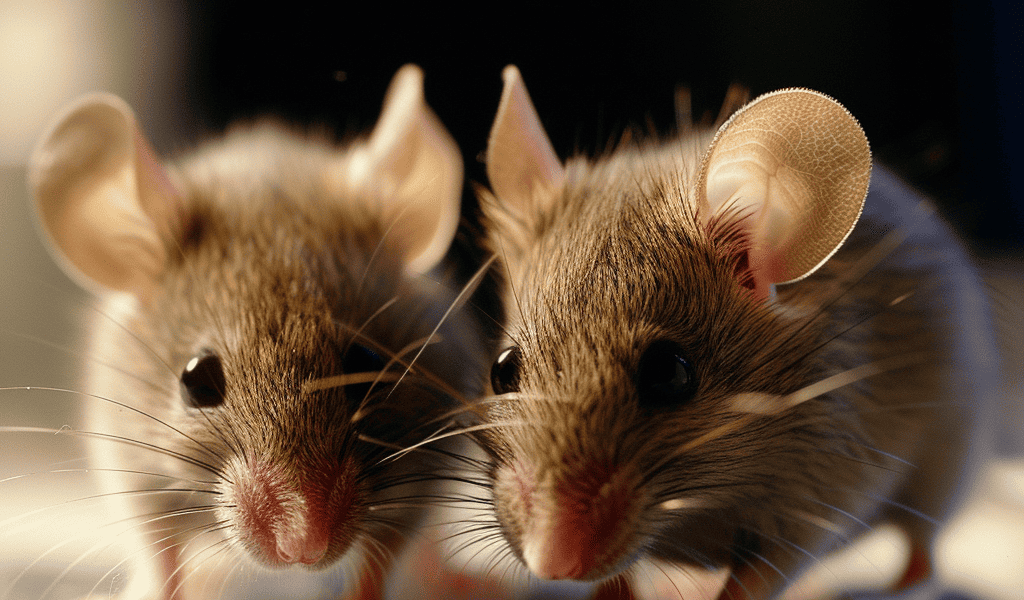New research has revealed potential differences in the way chronic pain develops and resolves in male and female mice, offering insights into future targeted treatments for humans. The study, conducted by a research team at the University of Alberta, focused on mice with chronic pain resulting from inflammation, rather than direct injury. The findings indicate that female mice were more sensitive to the effects of immune cells called macrophages, while also identifying an X chromosome-linked receptor critical for resolving both acute and chronic inflammation in both sexes.
Bradley Kerr, the principal investigator and professor of anesthesiology and pain medicine in the Faculty of Medicine & Dentistry at the University of Alberta, explained the significance of the research. Kerr noted that the composition of immune cells may influence the development of chronic pain, shedding light on potential factors contributing to the disease state. Chronic pain, as defined by Pain Canada, lasts for three months or longer, affecting approximately 20% of Canadians, with a higher prevalence among women. Autoimmune diseases such as multiple sclerosis, which can lead to chronic pain, also affect about twice as many women as men.
Kerr emphasized the importance of studying the causes of chronic pain to develop effective treatments. He highlighted the distinction between pain that serves a protective function at the onset of an illness or injury and pain that persists without a clear purpose. Understanding the origins and natural resolution of non-protective pain is crucial for advancing treatment approaches.
The study marks a significant step in pain research, as Kerr’s team examined pain pathways in male and female mouse models, incorporating sex differences as a standard research question. The findings offer promising prospects for targeted treatments for chronic pain in humans, potentially paving the way for more effective and tailored therapies in the future.





